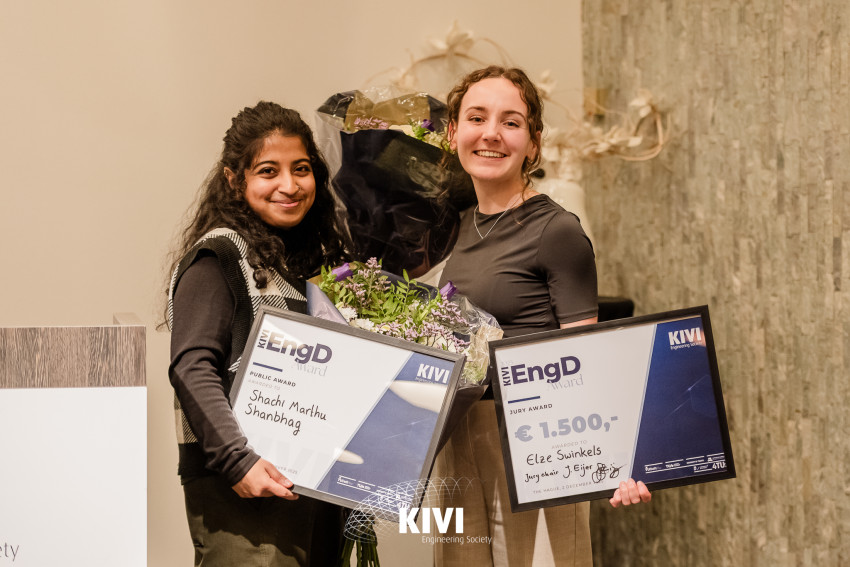
Received wisdom has it that when something sounds too good to be true, it probably is.
Take for instance a rechargeable battery, that
has an energy density four times as much as the one in a Tesla model 3
has an inorganic electrolyte and therefore
is inflammable
has proven to survive 55 000 charge/discharge cycles
Too good to be true?
Here are some details from an article in Energy Storage Journal:
Innolith is a Swiss battery technology company that aims to commercialize its inorganic, sulfur based, non- flammable electrolyte for lithium ion batteries. Their cells display high electrical conductivity and high thermal stability.
The conducting salt is made of lithium tetrachloroaluminate (LiAlCl4), (why not lithium-aluminum chloride?) while the inorganic solvent is sulfur dioxide (SO2). Combined they form a solvate (low viscosity liquid). However, the density of the electrolyte is higher (1.6–1.8 g/cm3) compared to organic variants (1.3g/cm3), as is the viscosity (4–16cP) compared to its rival (0.625cP).
This allows Innolith’s electrolyte to reach electrical conductivity of 60- 100 Millisiemens/cm at room temperature, compared to conventional organic electrolytes that are around 10 Millisiemens/cm.
So far, they have been concentrating on container-sized units for grid stability. One unit has been installed 2 years ago on the US PJM grid (PJM was the world's largest competitive wholesale electricity market until the development of the European Integrated Energy Market in the 2000s) to provide fast frequency regulation services. It has operated for more than 55,000 full-depth-of-discharge cycles. Innolith has the ambition to become the top global supplier of batteries for grid stabilization storage in the next five years, but the ability to provide batteries for electric cars is beckoning and coming closer.


